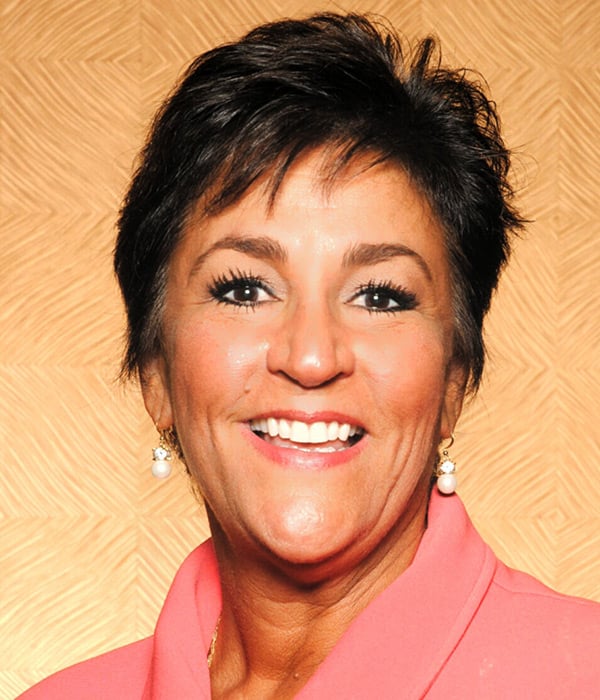
In December 2020, the CDC came out with new treatment guidelines for Gonorrhea. Dual antibiotics treatment of Ceftriaxone 250 mg IM injection plus Azithromycin 1gm po has been changed. In 2007, based on data from CDC’s Gonococcal Isolate Surveillance Project* (GISP) indicating widely disseminated quinolone-resistant gonococcal strains in the United States, CDC no longer recommended fluoroquinolones for treatment, leaving cephalosporins as the only remaining recommended antimicrobial class (6). Availability of sensitive C. trachomatis nucleic acid amplification tests were widespread by 2010, but CDC recommended gonococcal dual therapy with a cephalosporin (ceftriaxone 250 mg IM or cefixime 400 mg orally) and either Azithromycin or doxycycline (4) to reflect concerns regarding emerging gonococcal resistance. By 2011, the minimum inhibitory concentrations (MICs) of cefixime necessary to inhibit N. gonorrhoeae growth in vitro were increasing. In 2012, cefixime was no longer a recommended gonococcal regimen (7), with ceftriaxone and Azithromycin combination therapy the only recommended regimen for uncomplicated Gonorrhea. The Azithromycin was added to the cephalosporin to increase resistance.
Since the publication of the 2015 Sexually Transmitted Diseases (STD) Treatment Guidelines, concerns regarding antimicrobial stewardship have increased, especially the impact of antimicrobial use on the microbiome and data indicating azithromycin resistance (elevated MICs) for Gonorrhea and other organisms (1,3). Pharmacokinetic and pharmacodynamic modeling has also affected the understanding of optimal antimicrobial dosing for N. gonorrhoeae treatment. CDC recommends ceftriaxone monotherapy for treatment because N. gonorrhoeae remains highly susceptible to ceftriaxone, azithromycin resistance is increasing, and prudent use of antimicrobial agents supports limiting their use. This update provides the rationale for the change in gonorrhea treatment recommendations to a higher dose (500 mg) of ceftriaxone and removal of Azithromycin from the recommended regimen.
Regimen for uncomplicated gonococcal infections of the Cervix, Urethra, or Rectum:
Ceftriaxone 500 mg IM as a single dose for persons weighing >300 lb (<150 kg)
- For persons weighing (>300 lb), 1 g of IM ceftriaxone should be administered.
- If chlamydial infection has not been excluded, providers should treat for Chlamydia with doxycycline 100 mg orally twice daily for 7 days.
- During pregnancy, azithromycin 1 g as a single dose is recommended to treat Chlamydia.
Alternative regimens for uncomplicated gonococcal infections of the cervix, urethra, or rectum if ceftriaxone is not available:
Gentamicin 240 mg IM as a single dose plus azithromycin 2 g po as a single dose -OR-
Cefixime 800 mg orally as a single dose.
- If treating with cefixime, and chlamydial infection has not been excluded, providers should treat for Chlamydia with doxycycline 100 mg orally twice daily for seven days.
- During pregnancy, azithromycin 1 g as a single dose is recommended to treat Chlamydia.
Recommended regimen for uncomplicated gonococcal infections of the pharynx:
Ceftriaxone 500 mg IM as a single dose for persons weighing <150 kg (300 lb)
- For persons weighing ≥150 kg (300 lb), 1 g of IM ceftriaxone should be administered.
- If chlamydia coinfection is identified when pharyngeal gonorrhea testing is performed, providers should treat for Chlamydia with doxycycline 100 mg orally twice a day for 7 days. During pregnancy, azithromycin 1 g as a single dose is recommended to treat Chlamydia.
- No reliable alternative treatments are available for pharyngeal Gonorrhea. For persons with a history of a beta-lactam allergy, a thorough assessment of the reaction is recommended.
- For persons with an anaphylactic or other severe reaction (e.g., Stevens Johnson syndrome) to ceftriaxone, consult an infectious disease specialist for an alternative treatment recommendation.
Expedited Partner Therapy of Gonorrhea
In cases where gonococcal expedited partner therapy (provision of prescriptions or medications for the patient to take to a sex partner without the health care provider first examining the partner) is permissible by state law and the partner is unable or unlikely to seek timely treatment, the partner may be treated with a
single 800 mg oral dose of cefixime,
provided that concurrent chlamydial infection in the patient has been excluded. If Chlamydia is not excluded or empirical treatment is recommended, the partner may be treated with a single oral 800 mg cefixime dose plus oral doxycycline 100 mg twice daily for 7 days.
Test of Cure
A test-of-cure is unnecessary for persons with uncomplicated urogenital or rectal Gonorrhea who are treated with any of the recommended or alternative regimens; however, for persons with pharyngeal Gonorrhea, a test-of-cure is recommended, using culture or nucleic acid amplification tests 7–14 days after initial treatment, regardless of the treatment regimen. Because reinfection within 12 months ranges from 7% to 12% among persons previously treated for Gonorrhea, persons who have been treated for Gonorrhea should be retested three months after treatment regardless of whether they believe their sex partners were treated. If retesting at three months is not possible, clinicians should retest within 12 months after initial treatment.
Conclusion
This report, which updates previous guidelines 2015, recommends a single 500 mg IM dose of ceftriaxone for treatment of uncomplicated urogenital, anorectal, and pharyngeal Gonorrhea. If chlamydial infection has not been excluded, concurrent treatment with doxycycline (100 mg orally twice a day for seven days) is recommended. Continuing to monitor for emergence of ceftriaxone resistance through surveillance and health care providers’ reporting of treatment failures is essential to ensuring continued efficacy of recommended regimens.
St. Cyr S, Barbee L, Workowski KA, et al. Update to CDC’s Treatment Guidelines for Gonococcal Infection, 2020. MMWR Morb Mortal Wkly Rep 2020;69:1911–1916. DOI: http://dx.doi.org/10.15585/mmwr.mm6950a6external icon.